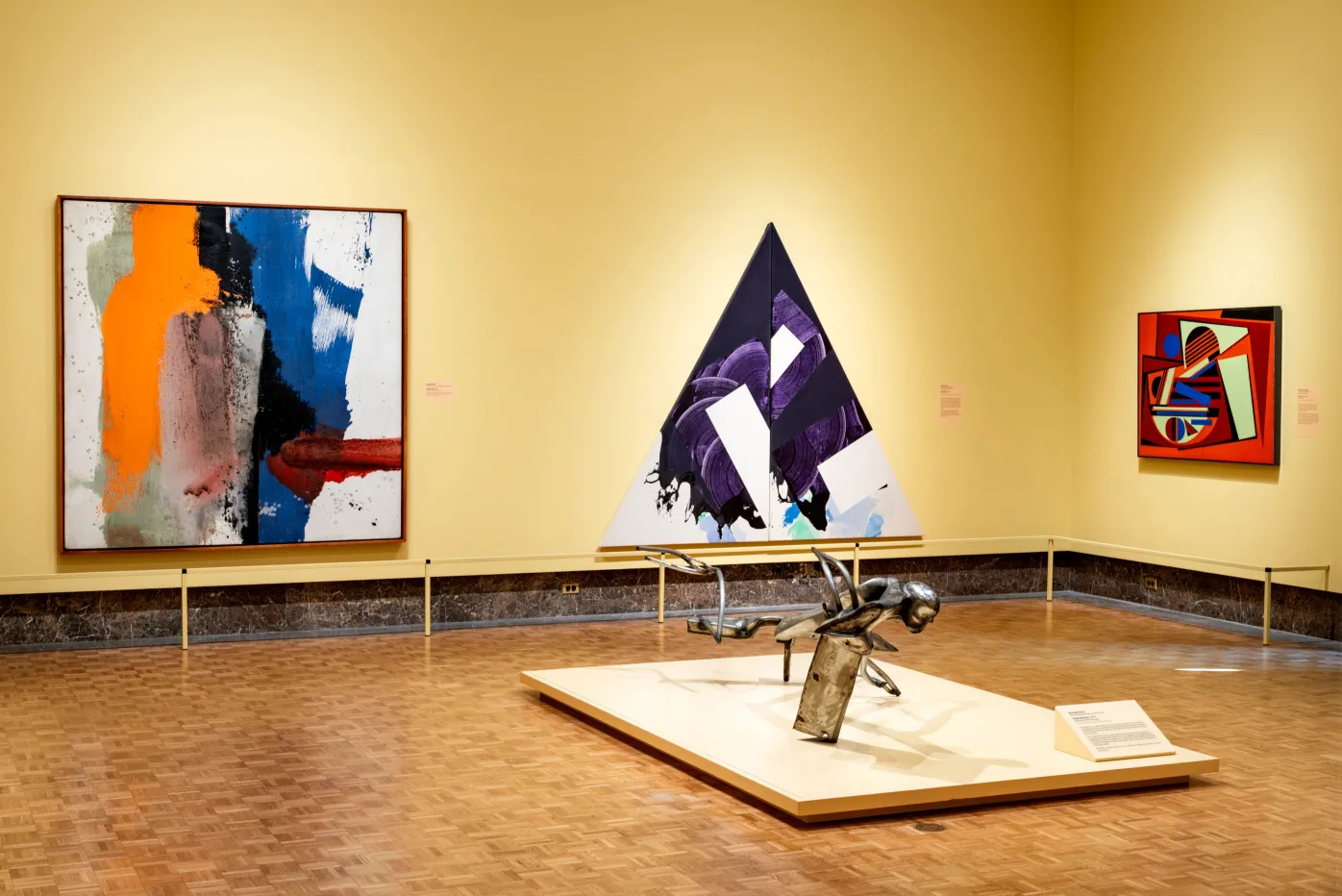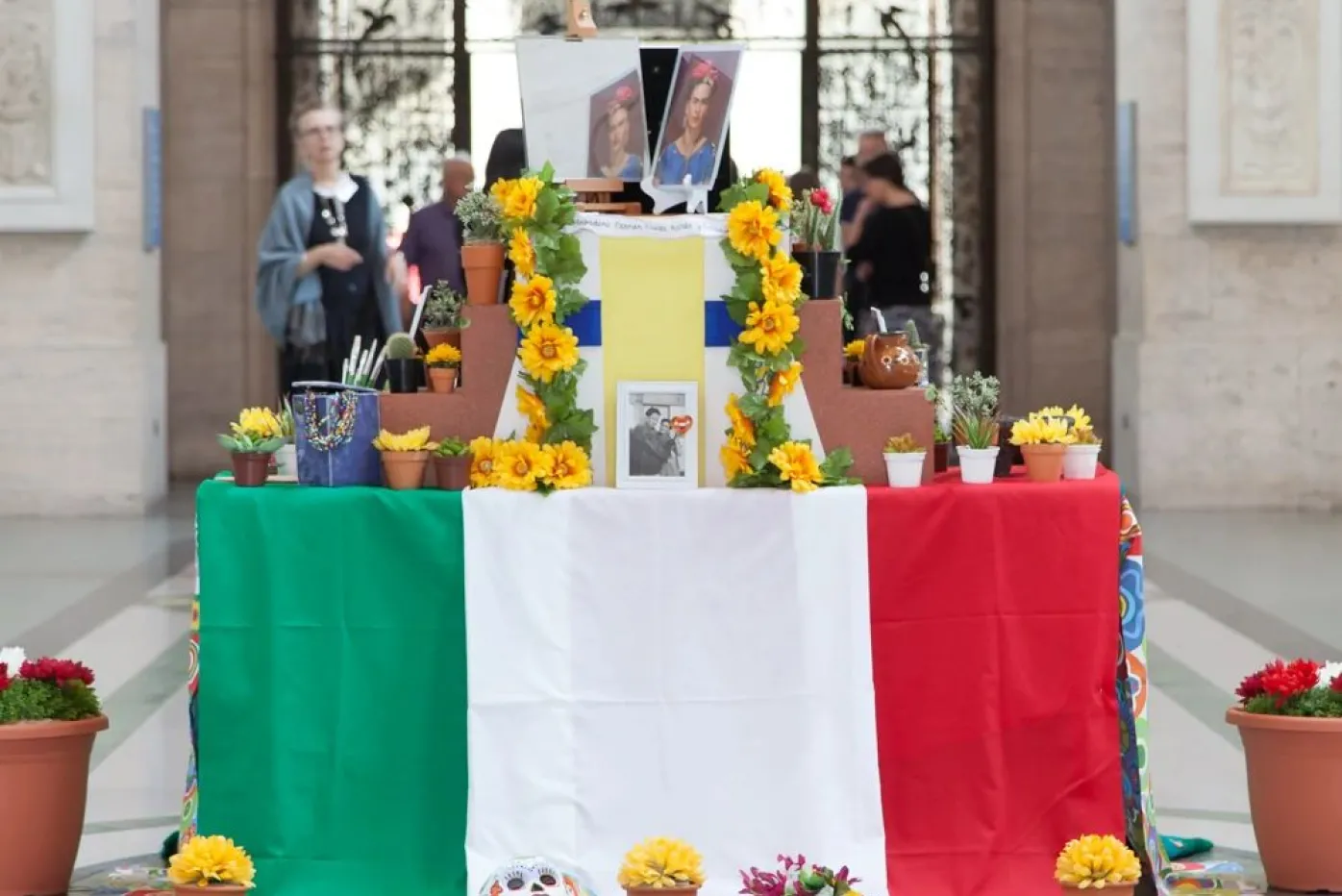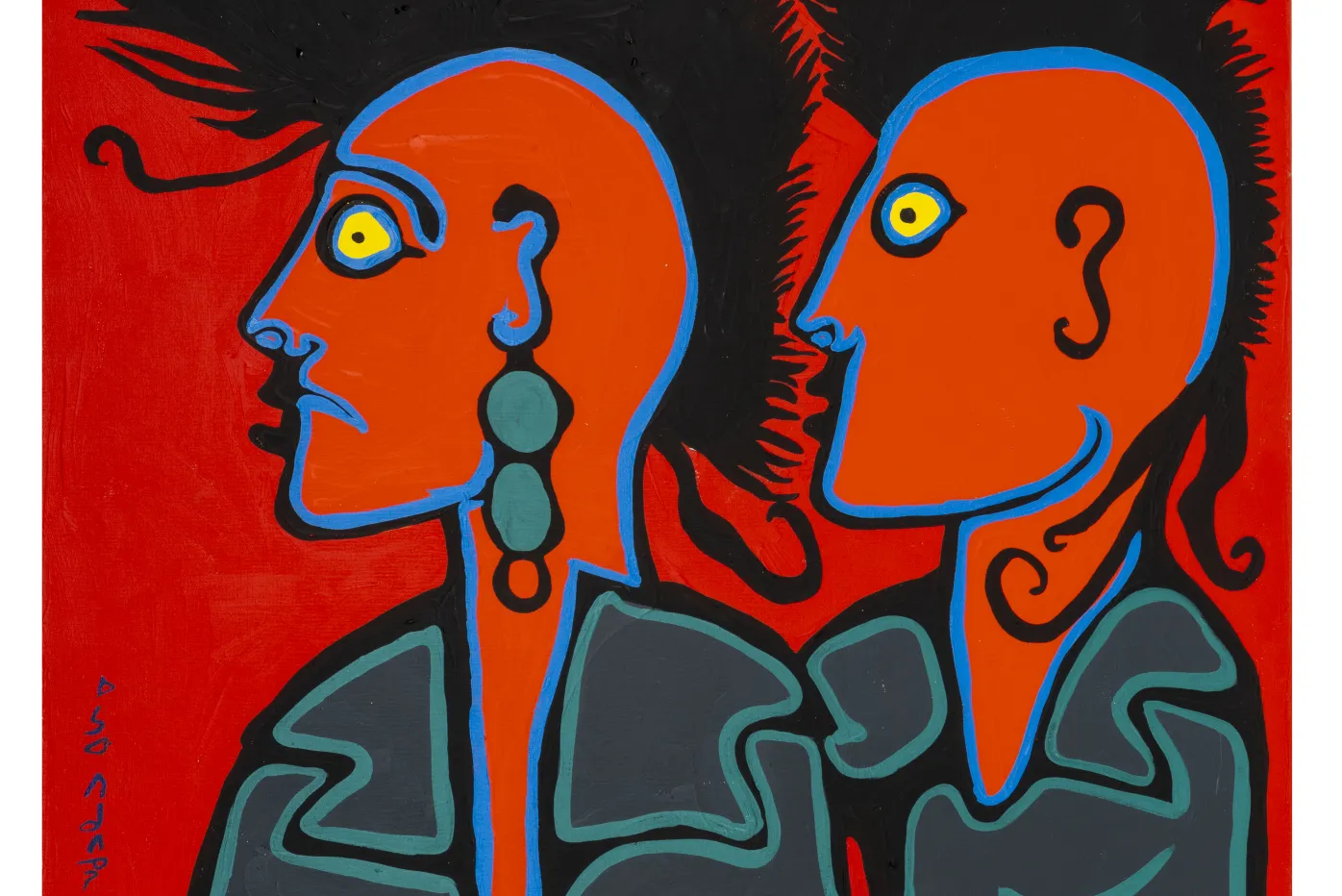Director's Letter, April 2017
Updated Jul 20, 2022
Art is like honey.
Antonio Machado, one of the great Spanish writers of all time, described in a poem that his childhood memories were of a patio in Seville and an orchard where lemon trees ripen. I deeply connect with these lines because my childhood memories also have images of a patio--in Valencia (where my family is from)--a patio where the bright Mediterranean sun gave warmth to blooming jasmine. In these memories, on that patio, is my grandfather Antonio, who loved life and who equated anything that was good to eat as being like honey. "Yes, Salva eat this, it is as good as honey!" he would persuasively tell me. At the time, I did not understand his point because, as a child, I found the taste of honey unpleasant. As a grownup, I have come to love honey and enjoy it every day at breakfast--it is a delicious, natural medicine.
By now you might be thinking, what is the point of this column? Well, a month or so ago, the benefits of honey came up in an interesting conversation I had in my office with the DIA development staff and a philanthropy team from a company with which we would like to collaborate. As many of you know, we, unfortunately, can't show our entire collection in the galleries because there is not enough space. In our storage, we have extensive holdings of great works by Detroit artists, including some from the Cass Corridor, and we would like to share these with our community. We proposed in the meeting to have some of these pieces installed in public areas of buildings and other places where they can be shown with the necessary environmental and security precautions. The fact that these works were made in Detroit is an important one. To illustrate this point, I explained to the group that I made sure the honey I enjoy every morning is locally produced because it is thought to enhance the immune system in fending off local allergies and other ailments in the area. In parallel fashion, I thought it was a good idea to have works by local artists displayed in Detroit buildings for the quiet atmosphere they invoke for people frequenting those spaces. Let's say that Detroit art exercises a stronger positive influence to those who live and work in our three-county metropolitan area as local honey does for local residents.
While my approach to honey or the influence of Detroit artists in the city can't really be scientifically proven and quantified, I do enjoy making these parallel connections that speak to our intuition about certain good things. Yes, this is a bit of a romantic idea, but perhaps we can all agree that the exposure to art has an ineffable positive effect and that eating honey feels like it helps our immune system. Can art be like honey? I'd like to say yes. Next time someone comes into my office and asks me who painted Twin Tornadoes, which hangs on my wall, I will answer that it is by the Detroit artist Gilda Snowden, and that it is as good as honey--as my grandfather would say.
Art is like honey.
Antonio Machado, one of the great Spanish writers of all time, described in a poem that his childhood memories were of a patio in Seville and an orchard where lemon trees ripen. I deeply connect with these lines because my childhood memories also have images of a patio--in Valencia (where my family is from)--a patio where the bright Mediterranean sun gave warmth to blooming jasmine. In these memories, on that patio, is my grandfather Antonio, who loved life and who equated anything that was good to eat as being like honey. "Yes, Salva eat this, it is as good as honey!" he would persuasively tell me. At the time, I did not understand his point because, as a child, I found the taste of honey unpleasant. As a grownup, I have come to love honey and enjoy it every day at breakfast--it is a delicious, natural medicine.
By now you might be thinking, what is the point of this column? Well, a month or so ago, the benefits of honey came up in an interesting conversation I had in my office with the DIA development staff and a philanthropy team from a company with which we would like to collaborate. As many of you know, we, unfortunately, can't show our entire collection in the galleries because there is not enough space. In our storage, we have extensive holdings of great works by Detroit artists, including some from the Cass Corridor, and we would like to share these with our community. We proposed in the meeting to have some of these pieces installed in public areas of buildings and other places where they can be shown with the necessary environmental and security precautions. The fact that these works were made in Detroit is an important one. To illustrate this point, I explained to the group that I made sure the honey I enjoy every morning is locally produced because it is thought to enhance the immune system in fending off local allergies and other ailments in the area. In parallel fashion, I thought it was a good idea to have works by local artists displayed in Detroit buildings for the quiet atmosphere they invoke for people frequenting those spaces. Let's say that Detroit art exercises a stronger positive influence to those who live and work in our three-county metropolitan area as local honey does for local residents.
While my approach to honey or the influence of Detroit artists in the city can't really be scientifically proven and quantified, I do enjoy making these parallel connections that speak to our intuition about certain good things. Yes, this is a bit of a romantic idea, but perhaps we can all agree that the exposure to art has an ineffable positive effect and that eating honey feels like it helps our immune system. Can art be like honey? I'd like to say yes. Next time someone comes into my office and asks me who painted Twin Tornadoes, which hangs on my wall, I will answer that it is by the Detroit artist Gilda Snowden, and that it is as good as honey--as my grandfather would say.


